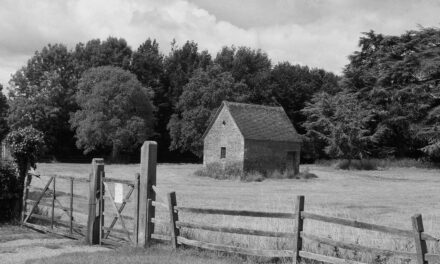Ancestry has published 2.2 million new prison and criminal records in four new collections spanning almost 200 years of British history. Appearing on Ancestry.co.uk for the first time, the records detail alleged crimes, verdict, sentence, and even the occupation of the criminals in question.
Criminal records can be a fascinating resource in helping provide a fuller picture of our ancestors beyond names and dates, often offering further insight into the life they led. They can also make for some entertaining stories to share with your family over video call, such as Arthur Norman, who was charged with ‘sleeping’ and the likes of Frank Seager and George Taylor, who were both charged on claims of ‘maliciously damaging shrubs’ landing them 18 months jail time in Wormwood Scrubs prison.
Other examples from the records include:
- In 1873, Daniel Steptoe, aged 19 from Hampshire, was busted for stealing flannel shirts and sentenced to 12 weeks in prison, a seemingly high price to pay for updating his wardrobe.
- Albert Orchard was arrested on charges of ‘stealing pigeons’ in 1877, which only got him two months behind bars, a whole month less than the flannel shirt stealer
- Whilst shirts and pigeons were clearly popular assets in the 1800s, neither warranted such a lengthy sentence as stealing hair – something George Sheppard was caught doing, sending him to prison for an entire year.
“Colourful criminal records are extremely valuable in helping to prove, or disprove, myths and stories handed down through generations,’’ comments Simon Pearce, Family History expert at Ancestry®. ‘’They can also be used to explain disappearances or track the relocation of individuals over time – and fill in some of the most interesting details in the lives of our ancestors, adding a real storytelling element to family history research.”
However, it’s not just the stories behind the crimes that these new records offer. The Police Gazette’s Habitual Drunkards portraits, found in the new UK, Registers of Habitual Criminals and Police Gazettes, 1834-1934 collection, also provide a number of mugshots and even clearer descriptions of the people involved.
Whilst the description of distinguishing marks may have helped track down these repeat offenders at the time, this collection also offers photographs of your ancestors. Whilst terms such as ‘stout’ (Harriet Townsead), ‘pug nosed’ (Sarah Burberry) and ‘prominent teeth’ (Annie Rooney) may not be how you would choose to describe your family members, they could show some fascinating similar traits.
To learn more about your family history and discover the untold stories of your past, visit ancestry.co.uk.




